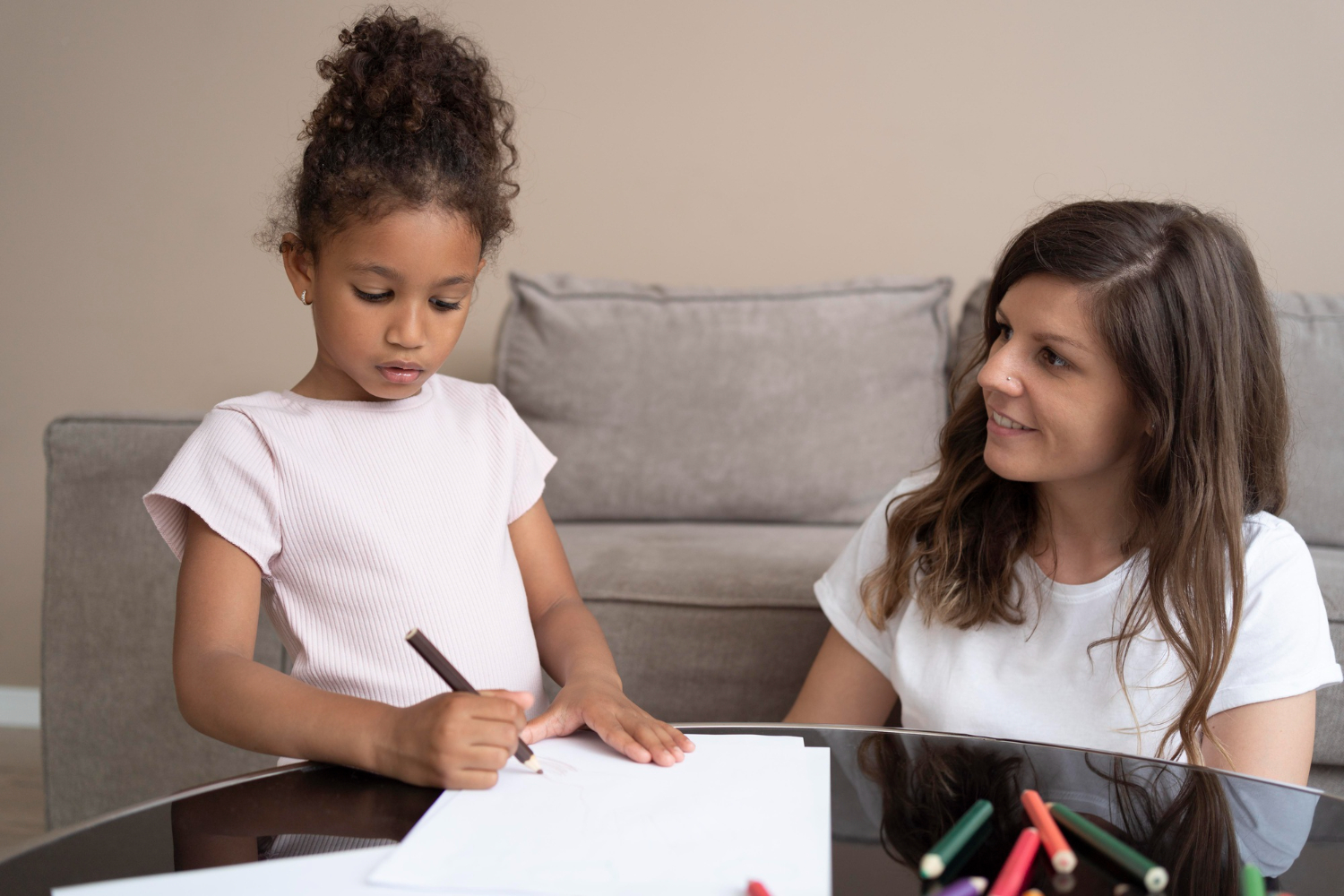How to Prepare Your Child Emotionally for ABA Therapy


Starting ABA therapy is a meaningful step — filled with hope, questions, and emotions. Many parents wonder how to prepare their child for ABA therapy in a way that feels gentle, supportive, and positive. And that’s exactly what this guide is for.
Kids thrive when they feel safe and understood. With a little emotional preparation, you can help your child feel calm, confident, and ready for this new routine in their autism therapy journey.
You don’t need to have everything figured out — you just need small, steady steps.
When a child is starting ABA therapy, it's less about explaining every detail and more about creating comfort, trust, and predictability.
Introduce ABA as something safe and friendly. Examples:
This helps build emotional readiness without overwhelming your child.
Familiar routines reduce anxiety. Help your child adjust to the idea of therapy with:
You're not practicing “compliance” — you're supporting comfort and confidence.
Kids with autism often feel calmer with previewing and visuals. Try:
This reduces surprise and boosts emotional security.
Transitioning into therapy can bring big feelings. Emotional support matters just as much as preparation.
A consistent ritual helps your child transition into autism therapy with ease. Try:
Transition anchors = less stress + better engagement.
Allow your child to bring a familiar object like:
Comfort tools help when meeting a new ABA therapist or entering a new space.
High-quality ABA therapy builds trust before skills. Early success looks like:
Feeling emotionally safe always comes before learning — and the best ABA providers understand that.
You’re learning a new routine right alongside your child. Preparing emotionally means giving yourself grace as well.
Not every child warms up instantly. That’s okay. Some kids need time, and honoring that is part of healthy emotional support.
Kids mirror our energy. The more relaxed and hopeful you feel, the more secure your child becomes.
Good therapists partner with you. Share what comforts your child, what worries you, and what helps transitions at home.
You are your child’s safe base — and that matters more than anything.
The right ABA program should respect your child’s emotions, support their needs, and value family collaboration.
With ABA Navigator, you can compare ABA providers based on your child's needs, your insurance, and the environment you prefer. Explore options like:
You can even filter by insurance coverage and specific program features — making it easier to find compassionate ABA therapy that fits your family.
Start exploring providers and preparing confidently for day one using ABA Navigator’s tools to compare options and feel supported.
How do I help my child transition into ABA therapy?
Use familiar routines, visual supports, comfort items, and simple explanations. Go slowly and focus on connection first — not performance.
Should I prepare my child for ABA therapy ahead of time?
Yes — gentle preparation helps reduce anxiety and build emotional readiness. Short practice routines, comforting rituals, and previewing the space are helpful.
What if my child cries or struggles at first?
It’s normal. Support emotional comfort, go at their pace, and communicate with your therapist. A good provider will prioritize trust-building and emotional safety.
Sources: